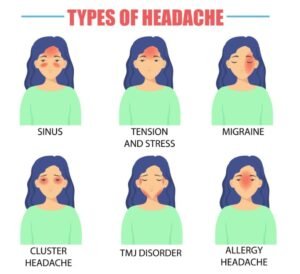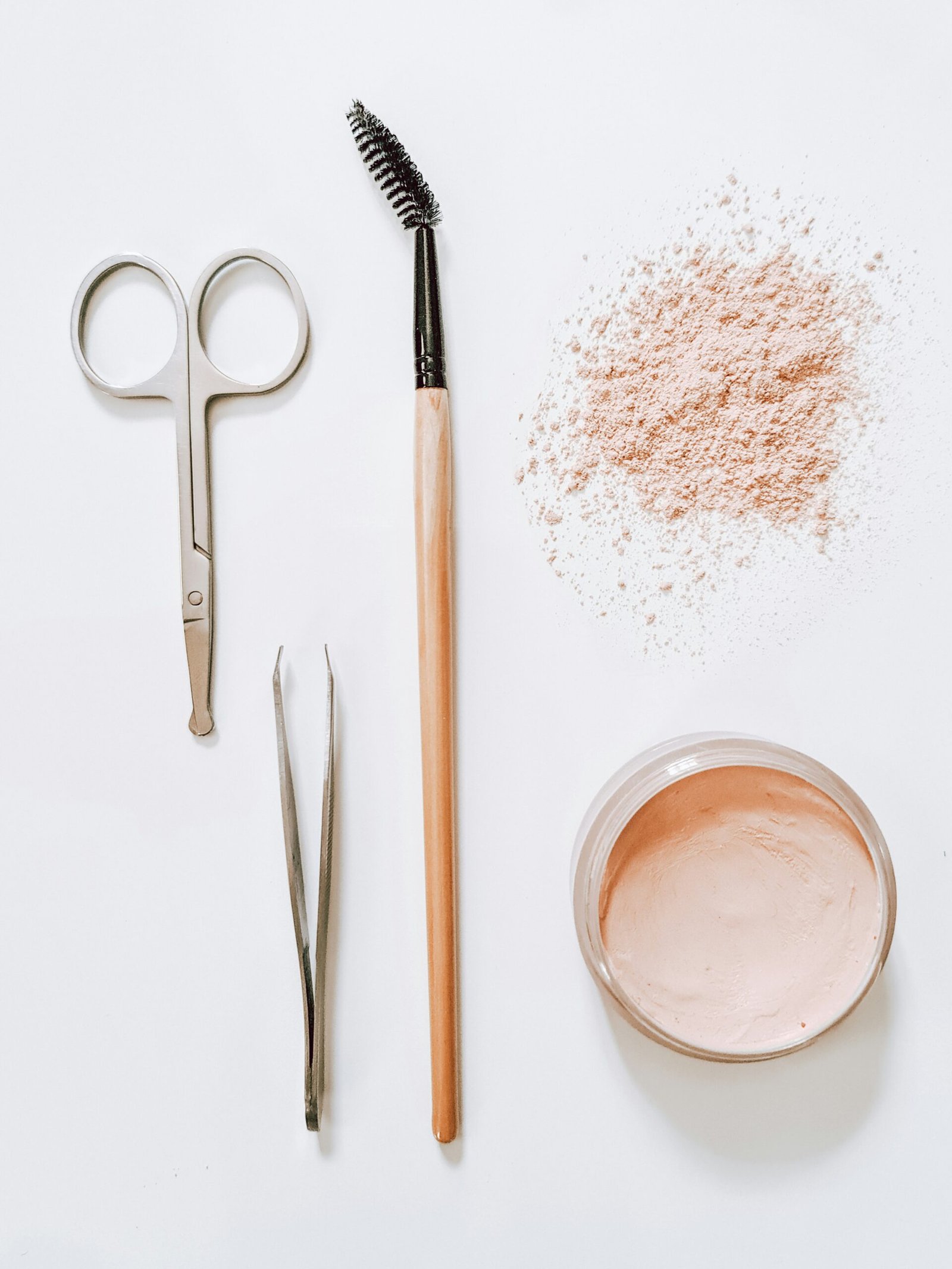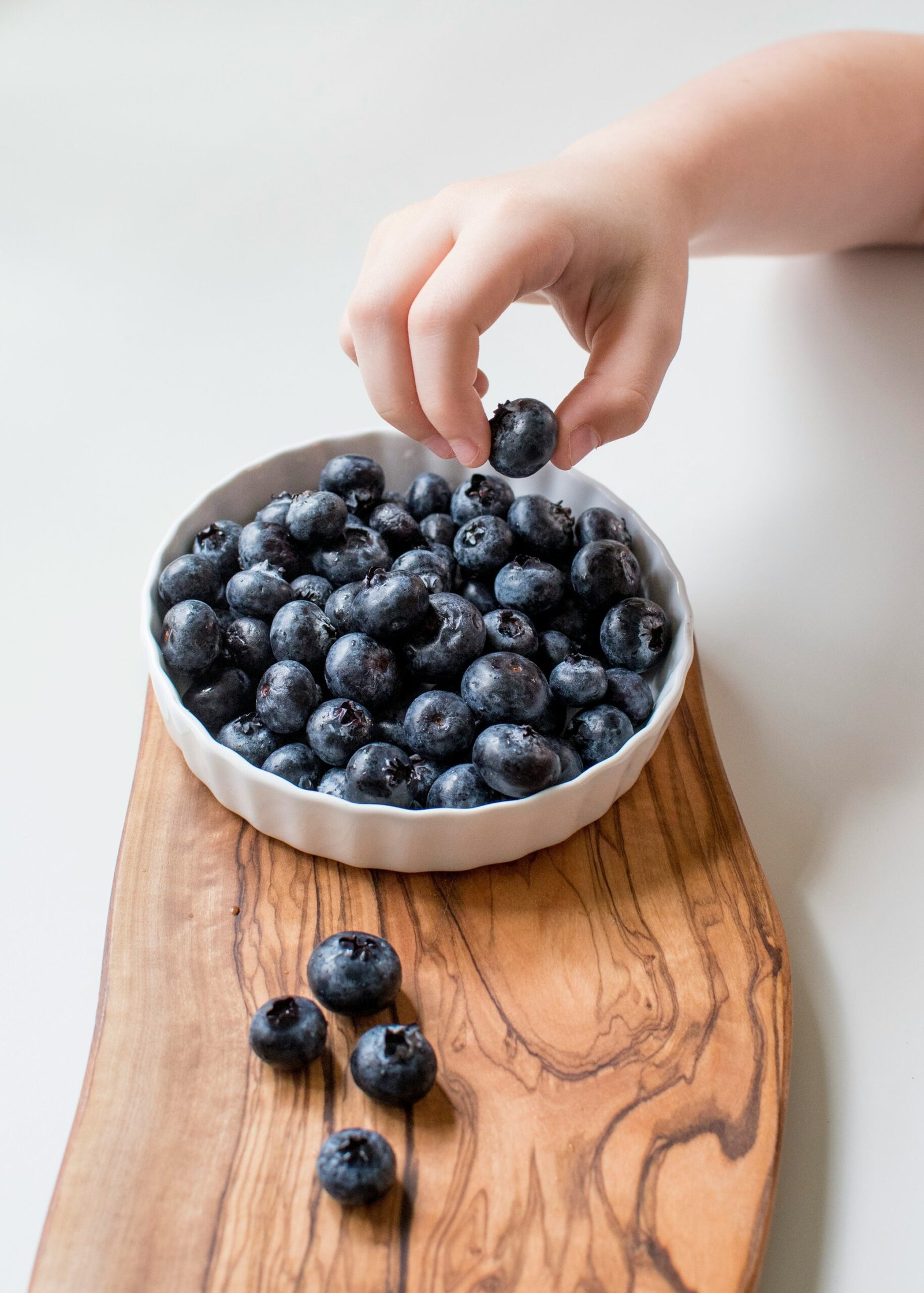Types of Migraines (500*300)

Migraine with Aura
Some people experience warning signs, known as auras, before the headache phase begins. These can include visual disturbances, such as flashing lights, blind spots, or zigzag patterns. Some may also feel tingling in their hands, and face, or have trouble speaking.Migraine without Aura
This is the most common type of migraine. It involves a severe headache without the visual or sensory disturbances that occur with an aura.Chronic Migraine
Individuals who experience migraines for 15 or more days in a month for at least three months are classified as having chronic migraines. These can significantly interfere with daily life and often require preventive treatment.Vestibular Migraine
This type of migraine is associated with dizziness, vertigo, and balance issues, even when there is no severe headache.Hemiplegic Migraine
A rare but serious type of migraine that causes temporary weakness on one side of the body, mimicking the symptoms of a stroke.How Common Is Migraine?
Migraines impact millions globally. In the U.S. alone, around 39 million people experience them. Studies show women are three times more prone to migraines than men, mainly due to hormonal shifts. Migraines can start at any age but peak between 18 and 44. They often run in families, suggesting a genetic link. Understanding migraine prevalence underscores the need for effective management strategies.Causes of Migraine
While the exact cause of migraines is not fully understood, several factors are known to contribute to their onset. These include:- Hormonal changes – Many women experience migraines linked to their menstrual cycle, pregnancy, or menopause.
- Genetics – Those with a family history of migraines are more likely to develop them.
- Environmental factors – Sudden changes in weather, exposure to bright lights, and strong smells can trigger migraines.
- Dietary triggers – Certain foods, such as aged cheese, chocolate, caffeine, and processed meats, can provoke migraine attacks.
- Stress – Emotional and physical stress can lead to muscle tension and nerve sensitivity, increasing the likelihood of migraines.
- Sleep disturbances – Too much or too little sleep, as well as irregular sleep patterns, can be a major trigger.
Symptoms of Migraine
Migraines often progress through distinct phases:Prodrome (Early Warning Signs)
This phase can begin hours or even days before the migraine attack. Symptoms may include mood changes, food cravings, neck stiffness, frequent yawning, and increased thirst or urination.Aura (If Present)
For those who experience auras, visual and sensory disturbances may occur just before the headache begins. These symptoms usually last 20 to 60 minutes.Attack Phase (The Migraine Itself)
This is the most intense part of the migraine, lasting from a few hours to several days. The pain is typically one-sided and throbbing, accompanied by nausea, vomiting, and heightened sensitivity to external stimuli.Postdrome (Recovery Phase)
After the migraine subsides, many people feel drained, confused, or mentally foggy. Some experience lingering sensitivity to light and sound.Preventive Measures for Migraine
Preventing migraines involves a combination of lifestyle changes, medical approaches, and alternative therapies. Identifying personal triggers and maintaining a healthy routine can significantly reduce migraine frequency and severity.- Maintain a Consistent Sleep Schedule
- Irregular sleep patterns can trigger migraines.
- Aim for 7-9 hours of sleep each night.
- Go to bed and wake up at the same time daily, even on weekends.
- Manage Stress Effectively
- High stress levels can contribute to migraines.
- Practice relaxation techniques such as meditation, deep breathing, and progressive muscle relaxation.
- Engage in hobbies and activities that help reduce stress.
- Stay Hydrated
- Dehydration is a common migraine trigger.
- Drink at least 8 glasses of water daily.
- Avoid excessive caffeine and alcohol, as they can contribute to dehydration.
- Follow a Balanced Diet
- Skipping meals or fasting can trigger migraines.
- Eat regular, balanced meals with whole grains, proteins, and healthy fats.
- Avoid trigger foods like processed meats, aged cheese, artificial sweeteners, and foods high in MSG.
- Exercise Regularly
- Moderate physical activity can help prevent migraines by improving blood circulation and reducing stress.
- Engage in low-impact exercises like walking, swimming, or yoga.
- Avoid intense workouts that might trigger headaches.
- Limit Caffeine and Alcohol Intake
- Identify and Avoid Triggers
- Take Preventive Medications (if prescribed)
- For chronic migraines, doctors may prescribe beta-blockers, antidepressants, anticonvulsants, or CGRP inhibitors.
- These medications help reduce the frequency and severity of migraines.
- Try Alternative Therapies
- Acupuncture has been found to help some migraine sufferers.
- Magnesium and riboflavin (Vitamin B2) supplements may reduce migraine frequency.
- Aromatherapy using essential oils like lavender and peppermint can provide relief.
Treatment for Migraines
Managing Migraines
Effective migraine management often involves both lifestyle adjustments and medical treatment.Medications
Over-the-counter pain relievers like ibuprofen and naproxen can ease symptoms. Prescription drugs such as triptans target migraines specifically. For chronic cases, preventive medications like beta-blockers and antidepressants may be recommended.Lifestyle Adjustments
Keeping a consistent sleep routine, staying hydrated, exercising regularly, and managing stress through meditation or yoga can help reduce migraine frequency.Alternative Therapies
Some individuals find relief with acupuncture, magnesium supplements, and aromatherapy using essential oils like lavender and peppermint.Migraines vs. Tension Headaches: What’s the Difference?
| Feature | Migraines | Tension Headaches |
| Pain Type | Throbbing, pulsating pain | Dull, aching pressure |
| Pain Location | Usually one side of the head | Both sides of the head, forehead, or neck |
| Duration | 4 to 72 hours | 30 minutes to several hours |
| Triggers | Stress, hormones, food, weather changes | Stress, posture, eye strain |
| Other Symptoms | Nausea, vomiting, sensitivity to light & sound | No nausea, mild sensitivity to noise |
| Severity | Moderate to severe, affects daily life | Mild to moderate, doesn’t stop activity |
| Aura | Can occur (flashing lights, blind spots) | No aura |
| Treatment | Medications, lifestyle changes, rest | Over-the-counter pain relievers, relaxation |









